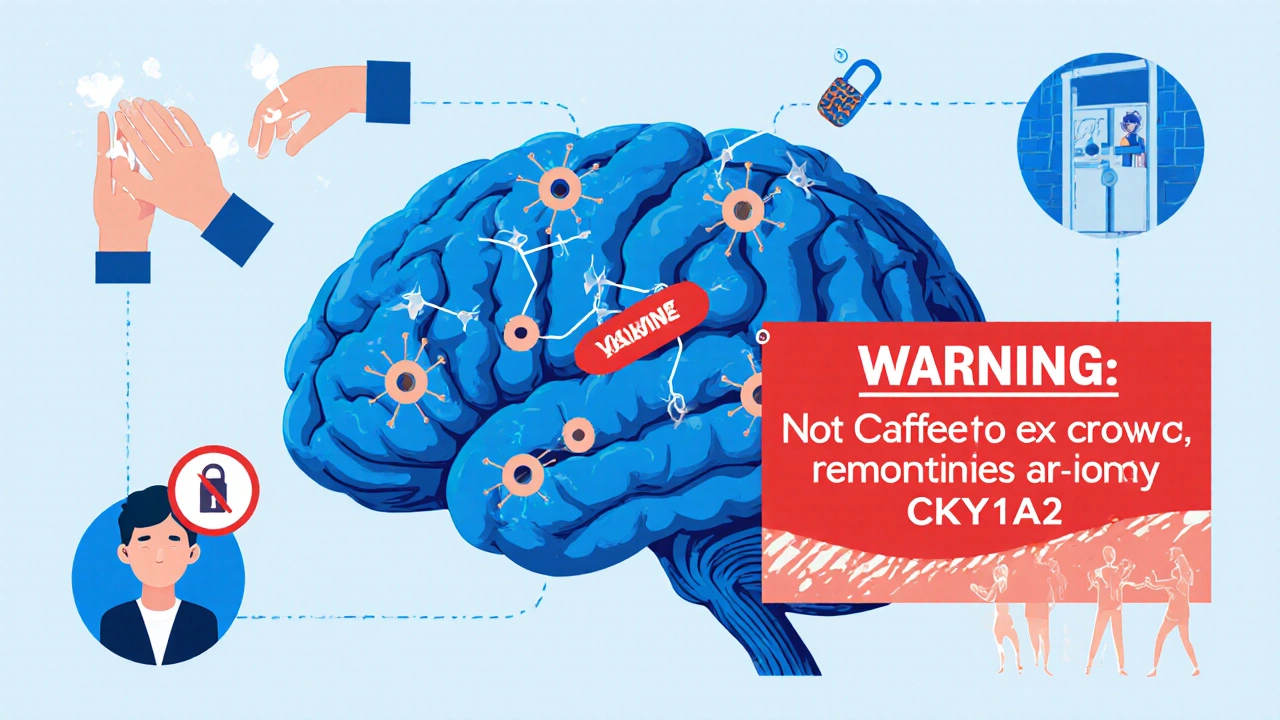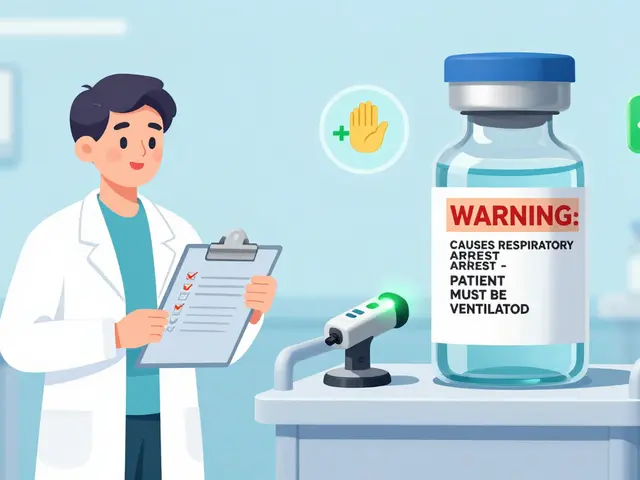SSRIs: What They Are, How They Work, and What You Need to Know
When you hear SSRIs, selective serotonin reuptake inhibitors, a class of medications primarily used to treat depression and anxiety disorders. Also known as antidepressants, they work by increasing serotonin levels in the brain—helping stabilize mood, reduce panic, and ease persistent sadness. Unlike older antidepressants, SSRIs have fewer side effects and are safer for long-term use, which is why doctors reach for them first.
They don’t fix everything overnight, but for millions of people, SSRIs make daily life manageable again. Serotonin, a key brain chemical tied to mood, sleep, and appetite is what these drugs target. When serotonin gets reabsorbed too quickly, your brain doesn’t get enough of it. SSRIs block that reabsorption, letting more serotonin stay active where it’s needed. That’s why they’re used not just for depression, but also for anxiety disorders, including OCD, PTSD, and social anxiety. Some even help with premature ejaculation or chronic pain—off-label uses that aren’t always talked about but are backed by real data.
Not everyone responds the same way. Some feel better in weeks. Others need to try two or three different SSRIs before finding one that clicks. Side effects like nausea, insomnia, or sexual dysfunction can happen early on—but often fade. Stopping suddenly? Big mistake. Withdrawal can feel like the flu or worse. Always taper under a doctor’s care.
You’ll find posts here that dig into real-world issues: how SSRIs interact with other meds, why some people feel worse before they feel better, and what alternatives like SNRIs or therapy might offer. There’s no one-size-fits-all fix, but knowing how SSRIs work gives you power—whether you’re considering them, already taking them, or just trying to understand someone who is.





